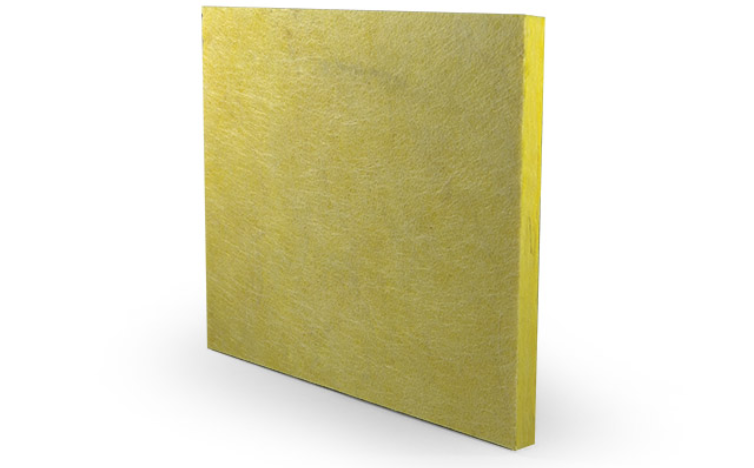When it comes to soundproofing, choosing the right material is crucial for effective noise reduction. Two popular options are foam vs fiberglass. Both have unique properties, but which one is better for your needs? Let’s break it down.
What is Soundproofing Foam?
Soundproofing foam, often made from polyurethane or melamine, is a lightweight material designed to absorb sound waves. It’s commonly used in recording studios, home theaters, and offices to reduce echo and improve acoustics.
Pros of Foam:
- Easy to Install: Foam panels are lightweight and can be cut to fit any space.
- Affordable: Generally cheaper than fiberglass, making it a budget-friendly option.
- Aesthetic Appeal: Available in various colors and designs to blend with your decor.
Cons of Foam:
- Limited Noise Reduction: Foam is better at absorbing high-frequency sounds but struggles with low-frequency noises like bass.
- Durability: Foam can degrade over time, especially in high-moisture environments.
What is Fiberglass Insulation?
Fiberglass is a dense material made from fine glass fibers. It’s widely used for thermal insulation but also excels in soundproofing applications, such as walls, ceilings, and floors.

Pros of Fiberglass:
- Superior Sound Absorption: Fiberglass is highly effective at blocking both high and low-frequency noises.
- Fire Resistance: It’s non-combustible, making it a safer option for soundproofing.
- Long-Lasting: Fiberglass is durable and resistant to moisture and mold.
Cons of Fiberglass:
- Installation Complexity: Heavier and harder to handle than foam, requiring professional installation in some cases.
- Health Concerns: Fiberglass particles can irritate the skin and lungs if not handled properly.
Foam vs Fiberglass: Key Differences
Soundproofing Performance:
Fiberglass outperforms foam in blocking a wider range of frequencies, making it ideal for heavy-duty soundproofing. Foam, on the other hand, is better suited for reducing echoes and improving room acoustics.
Cost:
Foam is generally more affordable, but fiberglass offers better long-term value due to its durability and effectiveness.
Installation:
Foam is DIY-friendly, while fiberglass often requires professional installation, especially for large projects.
Which is Better for Soundproofing?
The choice between foam and fiberglass depends on your specific needs:
- Choose Foam if you’re looking for an affordable, easy-to-install solution for reducing echoes and improving acoustics.
- Choose Fiberglass if you need superior noise reduction for walls, ceilings, or floors, especially in high-traffic or noisy environments.
Call us: Contact DeSound Soundproofing Expert in Dubai For Soundproofing: +971 56 231 4204
Conclusion
Both foam and fiberglass have their strengths and weaknesses when it comes to soundproofing. Foam is ideal for lightweight, aesthetic applications, while fiberglass offers unmatched noise reduction and durability. Assess your requirements and budget to make the best choice for your space.

